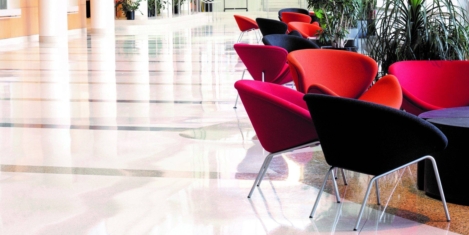November 28, 2016
Surge in overall job vacancies, but consultancy sector bears Brexit brunt 0
 The number of advertised job vacancies in the UK increased by 2.6 percent to 1,162,342 in October, and according to the latest UK Job Market Report from Adzuna.co.uk, with Christmas on the horizon, employers will be seeking to hire an array of temporary jobseekers to meet a rise in demand. A rise in total advertised vacancies has also been fuelled by employers’ plans to expand and refresh their teams to capitalise on jobseekers intending to make a fresh start or change in career path in the first few months of 2017. However, despite the overall resilient nature of the jobs market, the consultancy sector appears to have taken the brunt of the implications of Brexit. As a result, average advertised salaries are currently down 8.7 percent. This suggests companies are withdrawing from placing as much reliance on temporary staff and freelancers and seeking expertise internally from senior employees who may be more familiar with the nature of the business. This also highlights the importance of employers widening their talent pool and attracting highly skilled workers.
The number of advertised job vacancies in the UK increased by 2.6 percent to 1,162,342 in October, and according to the latest UK Job Market Report from Adzuna.co.uk, with Christmas on the horizon, employers will be seeking to hire an array of temporary jobseekers to meet a rise in demand. A rise in total advertised vacancies has also been fuelled by employers’ plans to expand and refresh their teams to capitalise on jobseekers intending to make a fresh start or change in career path in the first few months of 2017. However, despite the overall resilient nature of the jobs market, the consultancy sector appears to have taken the brunt of the implications of Brexit. As a result, average advertised salaries are currently down 8.7 percent. This suggests companies are withdrawing from placing as much reliance on temporary staff and freelancers and seeking expertise internally from senior employees who may be more familiar with the nature of the business. This also highlights the importance of employers widening their talent pool and attracting highly skilled workers.


































November 25, 2016
Reducing paper-weight is the key to maintaining a healthy business in the digital age 0
by Chas Moloney • Comment, Technology
(more…)